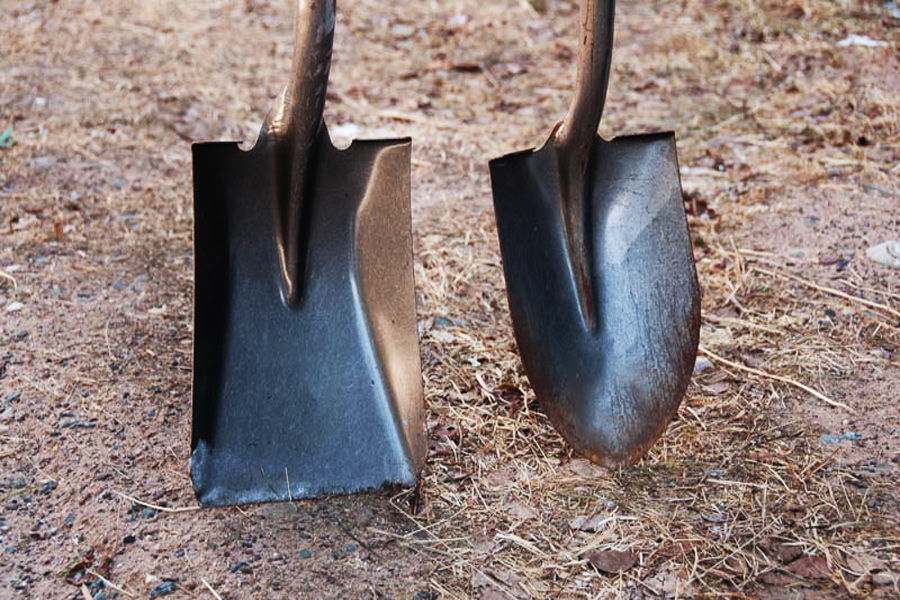01 Aug 2021
Shovel vs. Spade: What’s the Difference?
In Detail…. Shovel vs. Spade Blade A shovel has a broader blade that is curved inwards from left to right and is rounded or pointed at the tip. Blade length and shape can vary, depending on the intended use – you’ll find shovels with extra long blades, saw-tooth edges, and ledges down the sides. The shovel blade tends to be larger than that found on spades. A spade generally has a relatively flat blade with straight edges. It’s smaller than a shovel (although size does vary, depending on use) and the blade tends to be in line with the shaft, rather than angled forward. Shovel vs. Spade Handle/Shaft A shovel typically has a long, straight handle that allows you to get plenty of leverage when digging deep holes. In contrast, a shorter shaft works best with a spade and comes in handy when working in tight spaces, such as a flowerbed. Many spades have a “T” or “DY” handle to give you more options for holding it. Shovel vs. Spade Shape You may also notice that a spade tends to be straighter than a shovel from handle to blade tip. Whereas the shovel blade is usually angled forward, the spade blade is not. It’s that angle that makes the biggest difference in functionality between the two tools. The angled shovel blade makes it efficient for digging. The straighter spade can be used for digging but is better used for slicing through and lifting sod, edging lawns and beds, skimming weeds and opening straight-sided holes or trenches. About the Blade The blade, or scoop, is used to cut through soil, roots, or sod and to move soil, sand, gravel, etc. The larger the blade, the more material you can move. But be careful that it’s not too large or you may find that you can’t lift a full load or that you tire quickly. Sharply pointed blades are more effective at cutting into hard ground or through tough materials like roots, while flat blades are best for edging and lifting loose material. About the Handle / Shaft A longer handle, or shaft, provides greater leverage and is useful for heavier work and for cutting through roots and tough ground, while a shorter handle provides greater control and is often useful for planting or digging up bulbs.






